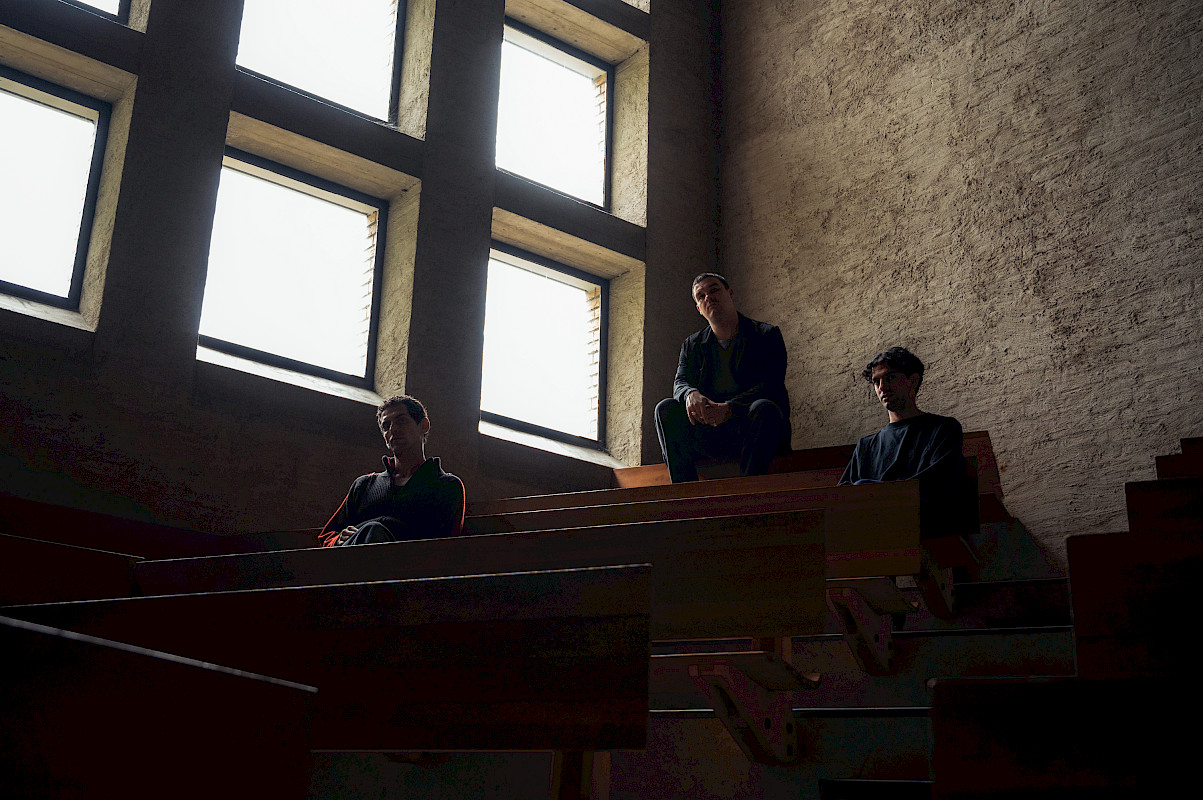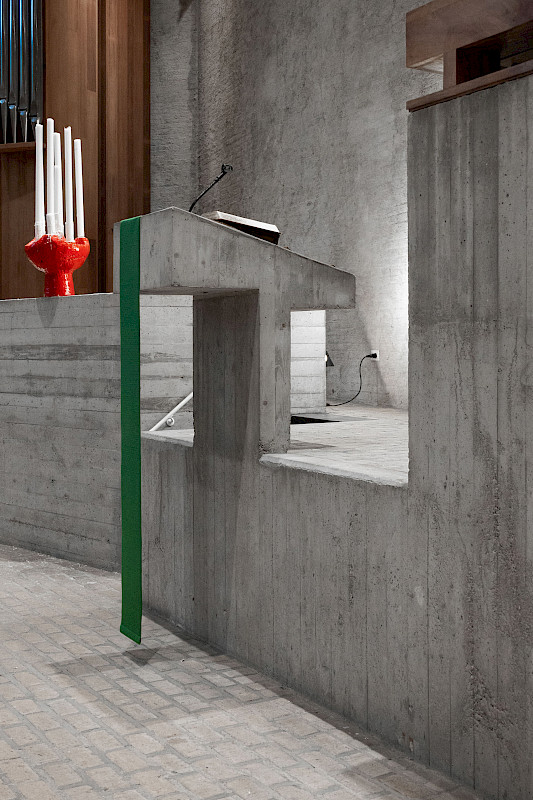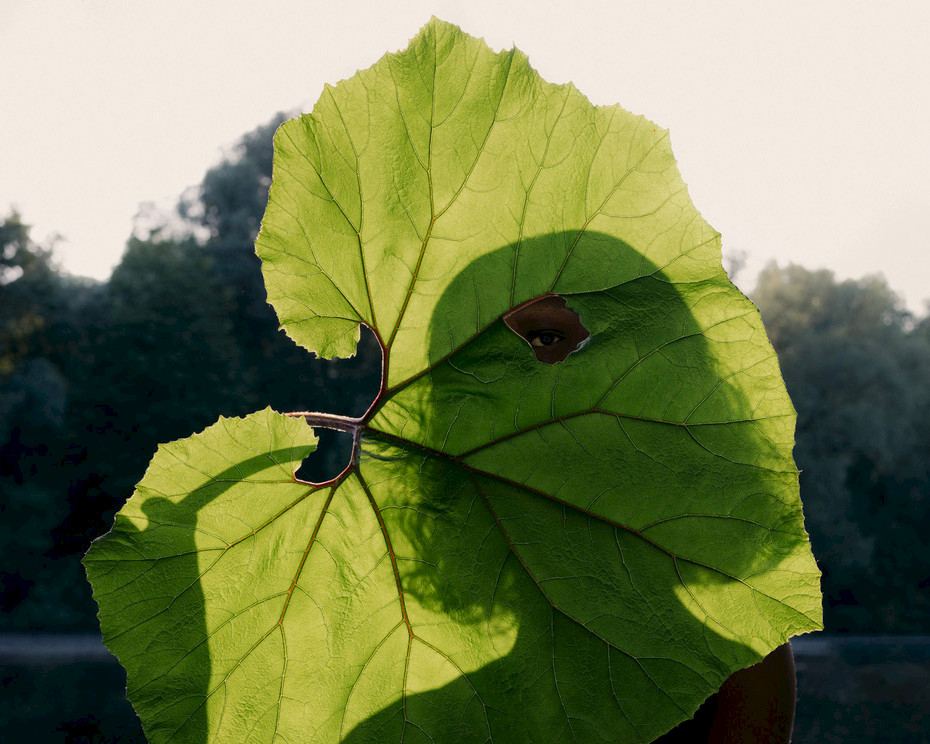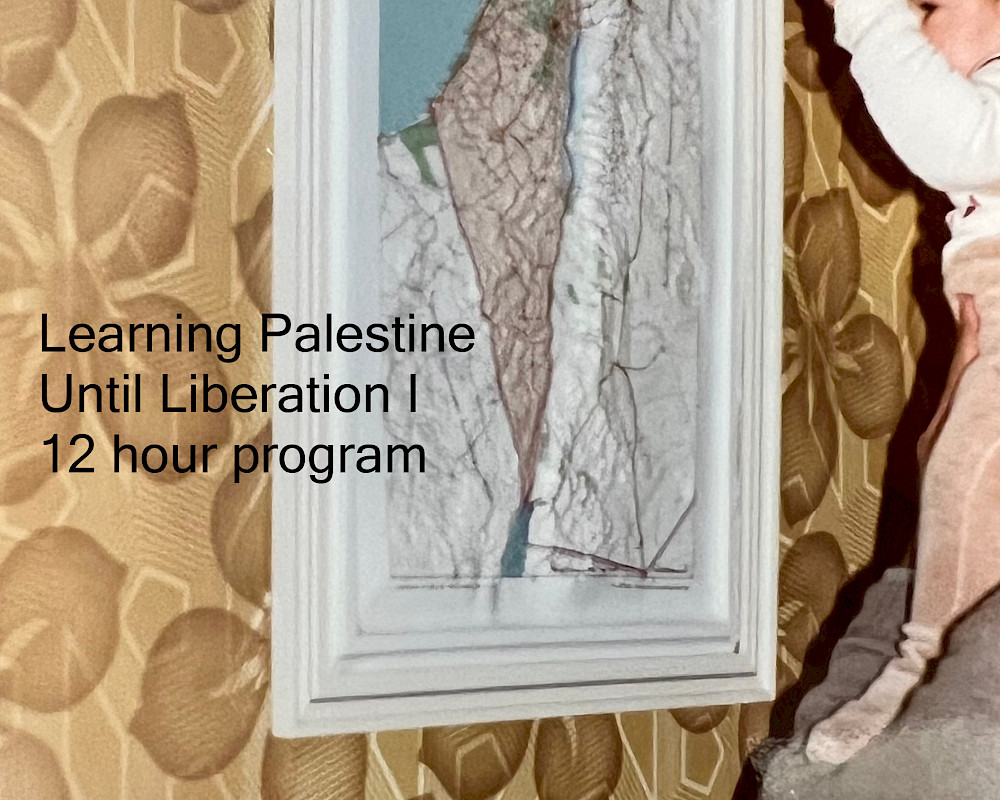interview
The Alchemical World of Dooha Ritus
Agrî Ibrahim
Agri Ibrahim is an Amsterdam-based writer that crafts stories around the uncharted territories of leftfield electronic music and [youth] culture.
Angelina Nikolayeva

letter
A letter from my couch
2023 in review, and a few hints on what’s in store for The Couch in 2024.
9
min read

Who said alchemy wasn’t real? It’s well-alive, and it lives inside the very heart of the ambitious Dooha Ritus – a performance project orchestrated by Woody92, founder of the hydra-headed label Omen Wapta. The piece, about to have its first instalment during ADE at the brutalist’s delight De Thomaskerk, assembles a slew of ingredients in its melange.
Through an array of expressions—sound by Loek Frey and Harald Uunk, fashion by Dutch-Iranian designer Armia Yousefi and choreography by Amsterdam-based dancer Arad Inbar, Dooha Ritus becomes quite the multi-disciplinary performance with a series of encounters: fashion as the canvas, music as the potion and movement to set the whole thing alight.
Born out of a shared obsession with mediaeval pageantry and textbooks, the performance makes a potent case for the seemingly opposing forces in life – tension and release, the protagonist and antagonist, nature and nurture. Inside Dooha Ritus, duality just becomes a discernable fact of life. The very fabric of the human experience.
Agrî: Hi all! Let’s just start cutting up, shall we?
Woody: Sure – let's go!
Agrî: Your collaborative piece, Dooha Ritus, is having its first instalment at New HHHorizons, Het HEM & HORST’s collaboration mid-ADE (eek!). Tell us about how you first met and what the performance is about.
Woody: Armia and I met a couple of years back when I was studying fashion at the Royal Academy of Art in The Hague. We were sort of the underdogs [laughs] of our school. Armia went on to study fashion design at HKU in Utrecht, but we kept sharing references of images and textbooks – just a lot of random shit that mostly harked back to the mediaeval era. He would send stuff over like "Woody, look at this shape, texture or costume!". I told him that we needed to do a project together, but we didn’t yet have a plan.
Years passed and I rekindled the idea of working with Armia. I contacted him and tapped Sanne Huijsmans to spearhead the creative production, and in tandem consulted with Leendert Sonnevelt who introduced us to Arad. That's when the whole piece really took off. It needed to be injected with a movement language.


Agrî: Armia, how was it taking your garments out of a conventional fashion avenue into a more hybrid performance context?
Armia: There’s sound and movement involved in the performance, so I really had to cross some artistic boundaries that were uncharted prior to this. In this piece, all of us are trying to rethink and reshape our understanding of our own craft and try to create something new where we compromise parts of our own practice.
With Dooha Ritus, we’re asking spectators to contemplate and stretch their imagination, but that’s really what we’re doing too. Through this piece, we’re creating a mediaeval pageantry none of us are familiar with, in an era none of us experienced. That’s exciting to me. And I'm not saying making garments can feel empty, but what are clothes without music, and vice versa? Inanimate, lifeless objects? A silent movie?


Agrî: ... A river without banks? An obnoxious cacophony?
Armia: Right on.
Agrî: But there are many elements that cross-pollinate in this piece – dance, fashion and sound – that need to find some sort of equilibrium. How do you move through these uncharted territories if your work has been isolated?
Arad: We're still finding our feet in this performance by learning how our work meets without this disjointed feel to it. What I like about this collaboration is that it’s horizontal. The music doesn’t necessarily serve the fashion, the fashion not the movement but they all work to complement each other, which is an incredibly selfless thing when you’re working with other people.
I was inspired by this conversation I and Woody had. We talked about this idea of mediaeval knighthood and costumes, and I was immediately inspired by two things: dancing together and the duality that comes with it. Are we dancing together? Fighting? I was trying to find a tension in dance, where the lines between violence and art were blurred.


Agrî: What were some of those lines and tension points?
Arad: The tension and parallels between celebration and death. Celebrations mark our milestones or achievements in life, while death reminds us of the impermanence of life and encourages reflection upon it. It becomes even more heartfelt as the show will be presented in De Thomaskerk, a religious space where matrimonies and birth are conducted, but also funerals. The building becomes this sort of crossing space for these opposing forces.
Another concept was the mediaeval “danse macabre” [dance of death]. It reminds me of mid-Covid clubbing: We succumbed to this ecstatic dance of death on the dancefloor, knowing death was right there dancing with us.
Agrî: Your work takes place in more public spaces – surely these conditions must affect your body language somehow. How do you think your movement will reconfigure inside the brutalist architecture of De Thomaskerk?
Arad: I'm not quite sure yet, but having performed mostly in galleries and museums – spaces that are semi-public – there’s always a more democratic side to it that changes most things. People have the opportunity to rotate around it more freely and experience it from whatever perspective they wish. They become less protected from the magic and awe of theatrics. As a dancer, your movement always needs to be malleable and ready to adapt. Nothing's super neat and it brings a more direct relationship with the audience.


Agrî: Full disclosure… I think ‘Collective power’ is being thrown around a lot nowadays. How do you think it ferments and manifests in this performance?
Woody: A lot of what we’re asking from the audience are in fact things we’re asking ourselves inside of that ‘contemplative space’. I was reflecting a couple of days back about my role in all of this. What became apparent was how I enjoy orchestrating work with other people and turning them into something grander through this ‘collective power’. The collective power is us asking ourselves how we’ll converge and diverge. Thinking now too, De Thomaskerk is that perfect contemplative space and philosophical nexus for these ruminations.
Agrî: Could the ‘collective power’ perhaps lie in the communion and mass aspect of the whole piece?
Woody: Totally! I always point to this Sunday service of Kanye West [laughs]. I know that's sort of crazy because of, well, Kanye being Kanye, but there's an allure in religious power that has been spawned within the four walls of a church. Almost like a supercharged battery anyone can tap into. There’s a religious undertone to it, of course, but we’re also looking at it equally from an aesthetical point of view.


Agrî: There are touching parallels – De Thomaskerk, a church, religion, collective power, contemplative spaces and then we have Dooha Ritus. How does the history of the building power the narrative of the performance?
Woody: We see it as the very foundation of our performance. There are very obvious connections between a church and the references we’re pulling in for Dooha Ritus, which are largely religious ones from the Middle Ages: Anglo-Saxon helmets, metal embossings carved onto buildings and mediaeval jewellery. Thinking about it, it feels as though De Thomaskerk also [subtly] carries this idea of opposing forces, because if you’ve only walked past it, you would never guess what’s inside.
Agrî: This brutalist delight disguised in a modest, yellow brick exterior. Like opposing forces, it’s the hero, often just a trickster in disguise, the merciful, a mischief-maker at heart.
Woody: Yes! And that’s why it feels so full circle because it feels as though Dooha Ritus was meant to happen there.
Agrî: But with Omen Wapta, you’ve never really orchestrated a performance piece of this nature. Why now?
Woody: Why not [laughs]? I could give a pageant answer but in this case, it was just one, sole idea that grew into something bigger with the help of many. This idea has twisted and bent into multiple iterations of where I initially wanted it to head, so we've had to retrofit it many times to fit the newer variations.
Labels today are also starting to understand that they don’t have to exist as monoliths. Take Omen Wapta for example: my background in fashion coupled with my musical artistry gives me the itch to not just release music through the label. I want to expand and experiment.


Agrî: Armia – I’m interested to know how you brought the idea of opposing forces into your line of work?
Armia: As a [fashion] designer, I always prioritise discovering new elements of my practice. There’s this saying that goes “Stay firm, don’t sway!” but the truth is, I’ll happily sway in whatever direction that’s conducive to my work. I guess that’s where the tension lies. There’s also this idea of taking an incredibly antiquated aesthetic, using it as my starting point and trying to inject something contemporary into it.
Agrî: Would you guys say that there’s a moral compass attached to Dooha Ritus?
Woody: That's a hard one.. Obviously, there are a lot of factors that point to it, but as I'm explaining the performance, the more I'm wrapping my head around it. Like this interview for instance – it makes me rethink what even sparked the idea in the first place, beyond just sharing imagery and references.
Arad: It's not reproduced in an attempt to awaken some sort of morally conscious idea, no. When I plan ahead of my performances, some things such as the reaction from the audience or the actual takeaways they bring home are just mere byproducts of the performance, the contents of it.


Agrî: Lastly, how do you hope people will go through the piece?
Woody: It’s something I can’t really predict. Being a DJ and an artist I know that you sometimes have this clear-cut idea of what feeling you want to evoke, but truth be told people leave feeling whatever they might feel and that's good enough. As long as there are some feelings, even a ”Wow – what was that?" is good enough for me [laughs].
Arad: Some emotional, heartfelt reaction. There's a theatrical element to the performance,it pulls people close to our world. Especially when there's a dance element to it and you see a body, similar to yours, moving, twisting and bending – there's something relatable to that. Big production performances sometimes feel a bit avant-garde to the point that they lose their relatability and relatedness. So interconnectedness is something I genuinely hope people feel in the performance.





